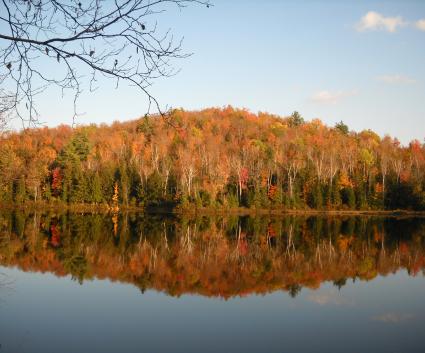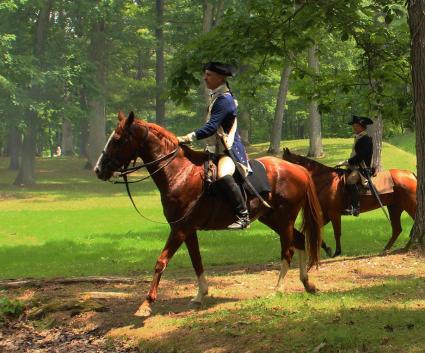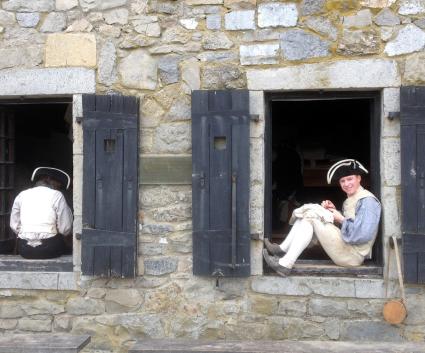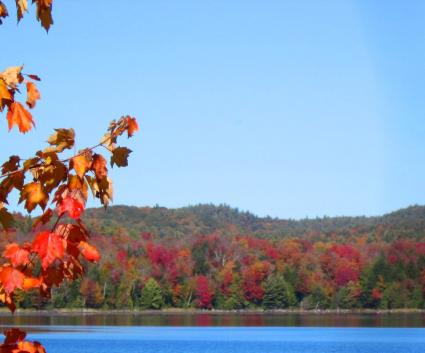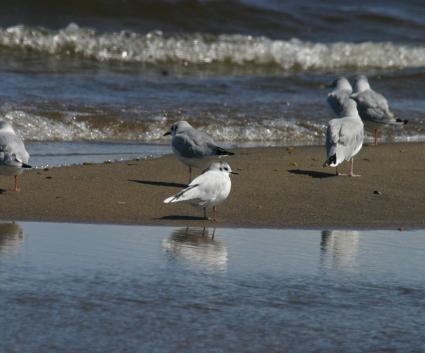The first formal proclamation of Thanksgiving in America was on March 16, 1776. It was issued by John Hancock in his position as President of the Continental Congress. This was during the American Revolution, a time of uncertainty. People needed to gather together.
The enjoyment of Thanksgiving has not changed. But since 1776, there have been some striking changes in the details.
A handmade time
In colonial times, there wasn't too much of what we think of as manufacturing. The poor spun wool and cotton for homemade cloth as a way of making a small living. Iron pieces were forged on an anvil by a muscular man with a hammer. If you needed shoes, someone had to sit at a bench and make them.

You went to the store for "dry goods," which meant either textiles like cloth or dried food, such as flour and dried beans. Things like herbs could be grown in quantity and dried, while hardy fruits like apples and cranberries would keep in the cold dark of a cellar.
Without refrigeration, food was cooked right away and eaten as soon as possible. If it couldn't be dried, pickled, or salted down, it did not keep.

One thing we would have recognized was the cranberry sauce. In 1163 a New England visitor noted how popular these native berries were, including being boiled as a sauce for meat. Its popularity continued through a couple of centuries of cookbooks, with the original Fanny Farmer cookbook, from 1896, including a recipe for cranberry punch.

This dish was popular as a sauce for any meat, not just turkey.
Not quite the same
The turkey would not look the way we are used to seeing on our modern dinner tables. Instead of the top-heavy breast of a bird who can barely get around under their own power, we would see the more classic proportions of a bird who had survived in the wild.
And they had the dark meat to prove it.

There's no pop-up timer happening here. You put the bird in front of an open fire, basted it frequently, and turned it so that it was cooked as evenly as you could manage. The hearth was your actual cooking surface for things like large loaves of bread, which could be cooked without a container.
Colonial cooks, as seen below, would push around firewood and piles of ash to cook different things. Some of those pans on legs would have glowing coals stacked up beneath them to cook stews or soups. In these days, before non-stick cookware, food baked onto cooking vessels was difficult to get clean, so liquid bases were a way of spreading the heat and preventing burning and scorching.

So there was not likely to be the small army of side dishes now common on Thanksgiving tables. In recent years I've noticed it has reached almost competitive levels, with everyone seeming to demand their own favorites, every year.
There would have been green beans, though. This was the ubiquitous North American vegetable. It was hardy, it grew wild as P. vulgaris, and it was easy to harvest and cook. Back then, prior to hybridization, there would have been a tough string (where the term "string bean" came from) running the length of the bean.

For a special occasion like Thanksgiving, the cook might have taken the time to cut the beans into short lengths and defeat that chewy string.
Dessert was different
Of course there was dessert. This was America!
But at this time, berry and apple pies were far more practical and popular. While it took until 1796 for the first truly American cookbook to appear, written by an orphan named Amelia Simmons, it did contain two recipes for Pompkin Puddings, with a crust. Even so, pumpkin was more likely to be part of a soup at that time.
It would take until the early nineteenth century for pumpkin pies to start their run as the star of the Thanksgiving dessert table.

One item that was always on the colonial table was pound cake. It got its name from being made with a pound of each of four ingredients: flour, butter, eggs, and sugar. Easy to put together and easy to keep, every colonial cook would have had her pound cake reflexes honed to a shine.
As is true today, frosting is seen as a hardly necessary addition, though many do a glaze for a festive look. But it really wouldn't have mattered. Then and now, cake is all you need to know.

Every era has its own charms and favorites, for very good reasons. In modern times, when cooking has never been so easy or accessible, the big feast still holds an important place for any family. It doesn't matter if that family is made or found or born, large or small, complicated or simple. It's about feasting and sharing with people who care about each other.
Happy Thanksgiving!
Find lodging through the ages. Let someone else cook with our dining. Visit where it all began at Fort Ticonderoga.
Pictures of dishes as they were in colonial times are from the excellent HuffPost feature, "A 1776-Style Feast: What Our Founding Fathers Ate." Photo of a colonial cooking setup from "Cooking on the Hearth - The Colonial Kitchen" from passionforthepast.blogspot.com


